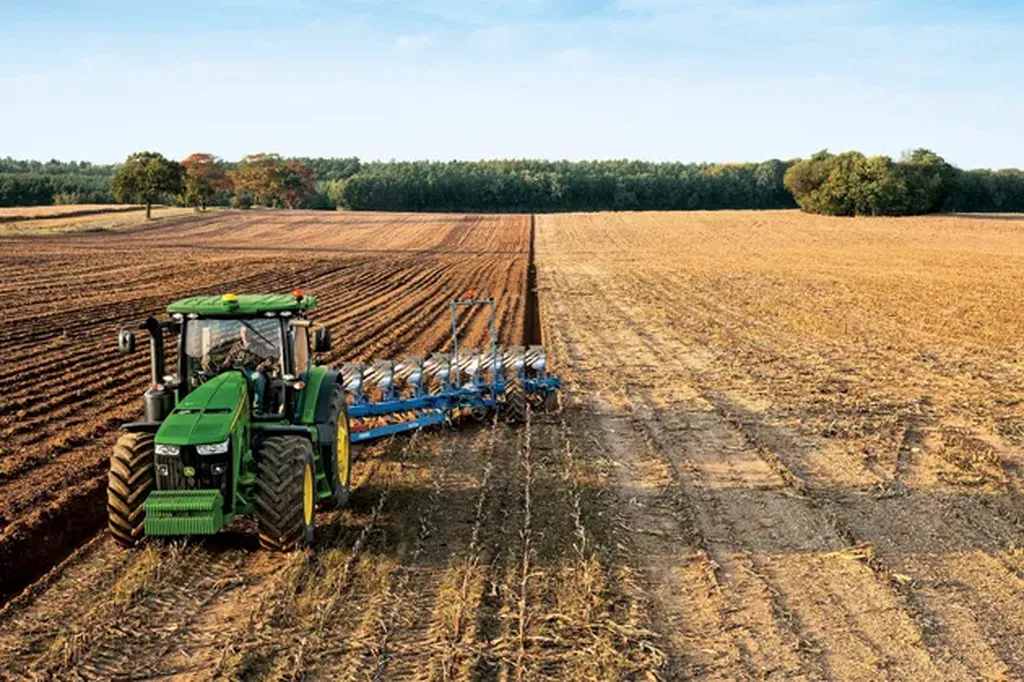North Dakota’s vast farmlands have long been a cornerstone of the state’s economy, but like much of the agricultural sector nationwide, they face a persistent challenge: a shrinking workforce. With fewer workers available—and fewer still with the necessary training—farmers are turning to technology not just as a tool, but as a solution to keep operations running.
The state’s embrace of agricultural innovation is already ahead of the curve. With a 57% adoption rate for ag tech—the highest in the nation—North Dakota is proving that autonomy on the farm isn’t a futuristic concept, but a present-day necessity. From self-driving tractors to drones that scout fields, these technologies are filling gaps where human labor falls short.
At Missouri River Feeders in Center, the shift is visible in an unexpected place: the ears of cattle. Small yellow tags, barely noticeable at first glance, are equipped with sensors that monitor the health of each animal in real time. For Dan Price, the farm’s owner, the investment is practical. “It may seem expensive, but really, in the long run, it isn’t that expensive,” he explains. “If you can save three, four, five head a year, you’ll pay for what you’re investing.” In an industry where profit margins are tight, even small improvements in efficiency or livestock survival can make a difference.
The labor shortage isn’t just about numbers—it’s about expertise. “One of their biggest challenges is labor. And labor that can be properly trained,” says Kevin Biffert, CEO of 701x, an autonomous agriculture company. Automated systems don’t just reduce the need for workers; they also lower the barrier for entry, allowing farms to operate with fewer specialized staff.
For Cole LaMontagne, a controller at Missouri River Feeders, the technology has reached a tipping point. “It’s gotten to the point where it’s getting good enough now, that you could probably start looking at cutting labor,” he notes. That’s significant in a sector where finding reliable help has become increasingly difficult, and where rising operational costs squeeze budgets further.
The implications extend beyond individual farms. As more operations adopt these tools, the broader agricultural landscape could shift. Autonomous equipment could help stabilize food production by mitigating labor shortages, while data-driven decisions—like those enabled by cattle health tags—might improve yields and sustainability. For a state like North Dakota, where farming is both an economic driver and a way of life, the question isn’t whether technology will play a role, but how quickly it can be integrated.
Yet challenges remain. Upfront costs, while often offset by long-term savings, can be prohibitive for smaller operations. And as farms become more reliant on tech, questions about data security, maintenance, and the digital divide between large and small producers will need answers.
What’s clear is that autonomy in agriculture isn’t just about replacing workers—it’s about ensuring the industry can adapt. In North Dakota, where the land is vast and the workforce is stretched thin, technology isn’t just changing how farming is done. It’s helping ensure that farming can continue at all.

